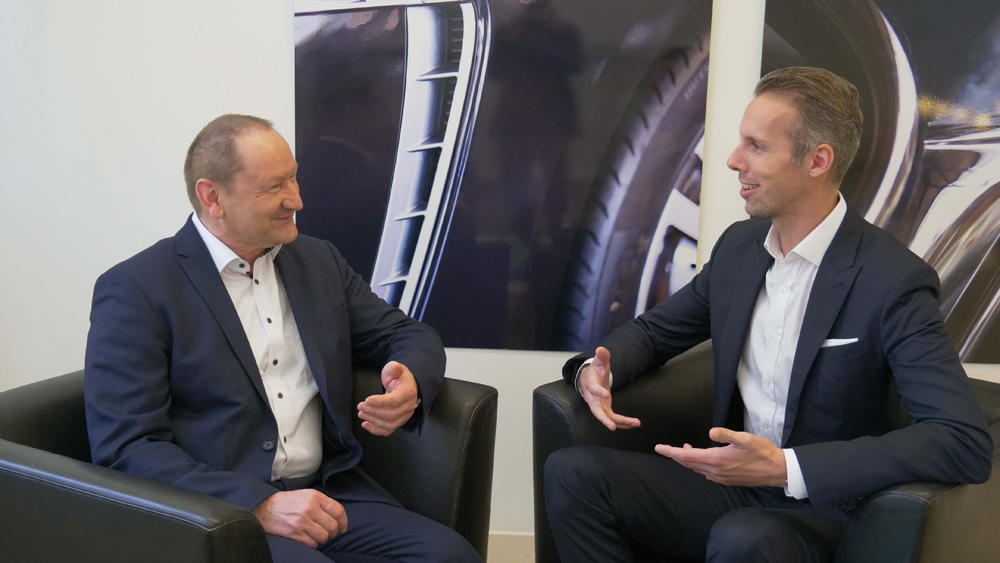 In order to help electromobility achieve a breakthrough in Germany, the Automotive Standards Committee (VDA/NA Automobil), which is supported by the German Association of the Automotive Industry (VDA), and the standardization organization VDE/DKE, which is supported by the Association for Electrical, Electronic & Information Technologies (VDE), are strengthening their strategic cooperation in the field of standardization.
In order to help electromobility achieve a breakthrough in Germany, the Automotive Standards Committee (VDA/NA Automobil), which is supported by the German Association of the Automotive Industry (VDA), and the standardization organization VDE/DKE, which is supported by the Association for Electrical, Electronic & Information Technologies (VDE), are strengthening their strategic cooperation in the field of standardization.
The two organizations are targeting the charging system for heavy commercial vehicles (LCVs) as a new joint project. "In order to further reduce CO2 emissions in the mobility sector, heavy commercial vehicles will also be equipped with electric drives in the future. The industry has corresponding battery-electric models in development," said Egbert Fritzsche, Managing Director of VDA/NA Automobil. However, further technical solutions are needed for the breakthrough, which must also be internationally standardized.
"Larger traction batteries require high charging capacities, for example. The charging capacities currently available in the passenger car sector via the Combined Charging System (CCS) do not meet the requirements of commercial vehicles in all applications," adds Dr. Ralf Petri, Head of Mobility and Logistics at VDE and Head of the Mobility Department at VDE/DKE. In a kick-off workshop, experts from industry and science therefore identified the requirements of the industry in order to quickly create the necessary standards on the vehicle and charging infrastructure side.
New charging interface - requirements and performance parameters
The experts agree that the charging interface for heavy commercial vehicles should also be based on the standards for the tried-and-tested CCS. However, adaptations and additional standards must be developed for a high-performance plug connection. The experts also defined the upper limits for basic performance parameters in the workshop. "As far as technically possible, we want to meet the maximum requirements in order to implement cross-sector plugs, for example for the maritime sector, electric aviation or construction machinery," said Petri. In addition to infrastructure and vehicle-side cooling, the experts also discussed the handling aspects of the connector system. "For both manual and automatic conductive charging, all physical, economic and safety-related boundary conditions must be met, in particular the requirements of the employers' liability insurance association as well as regional and international limit values," said the head of the Mobility department at VDE/DKE.
Technical specification as the next milestone
The standardization requirements will now be further processed in the standardization committees of the VDA/NA Automobil and in the VDE/DKE committees. The aim is to provide drafts for international standardization before the end of this year. To this end, the aforementioned organizations are striving for close cooperation with the North American industry and the standardization committees there. The next milestone is the development of a technical specification for the new connector. -vk-
www.vde.com; www.vda.de




